
There’s a subtle art in making things horrifying in as little words as possible, and only some people have mastered it. Leaving things to people’s own imagination is an important and powerful trope in horror cinema and media, because there’s nothing you can describe or concoct that will be as terrifying as a sufficiently stimulated imagination.
Gnomenclature is a popular artist with over a hundred episodes of three-word-horror-story comics on his website, where he’s got a steady fanbase clamoring for his works. Referring to his works as “Abridged Nightmares Illustrated”, they’ve grown with time becoming more and more artful, and tasteful. There’s less shock horror and more actually creepy and unsettling stuff. Read them yourself!
Source: Facebook || Instagram || Etsy

Ever wonder why we’re so attracted to fear? Conversation did!
To capture in real time what makes fear fun, what motivates people to pay to be scared out of their skin and what they experience when engaging with this material, we needed to gather data in the field. In this case, that meant setting up a mobile lab in the basement of an extreme haunted attraction outside Pittsburgh, Pennsylvania.



This adults-only extreme attraction went beyond the typical startling lights and sounds and animated characters found in a family-friendly haunted house. Over the course of about 35 minutes, visitors experienced a series of intense scenarios where, in addition to unsettling characters and special effects, they were touched by the actors, restrained and exposed to electricity. It was not for the faint of heart.

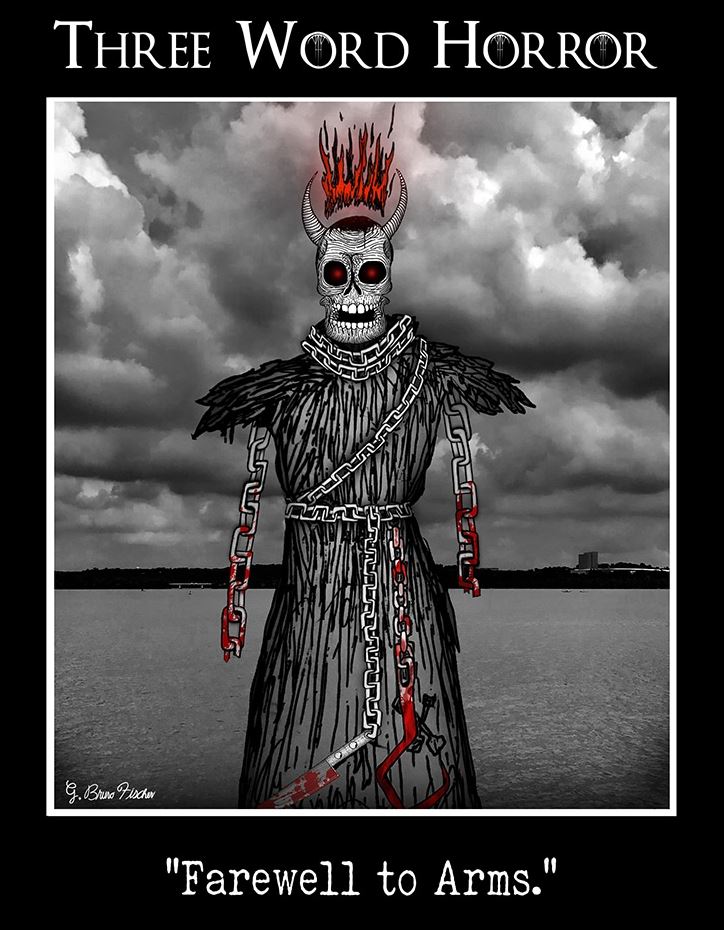

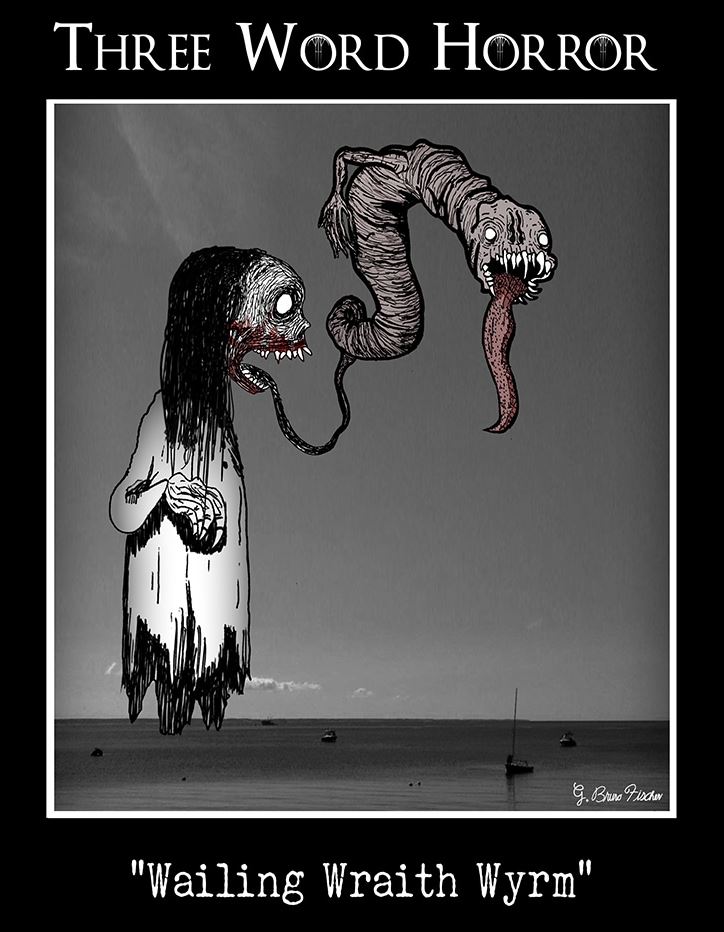
For our study, we recruited 262 guests who had already purchased tickets. Before they entered the attraction, each completed a survey about their expectations and how they were feeling. We had them answer questions again about how they were feeling once they had gone through the attraction. We also used mobile EEG technology to compare 100 participants’ brainwave activity as they sat through 15 minutes of various cognitive and emotional tasks before and after the attraction.



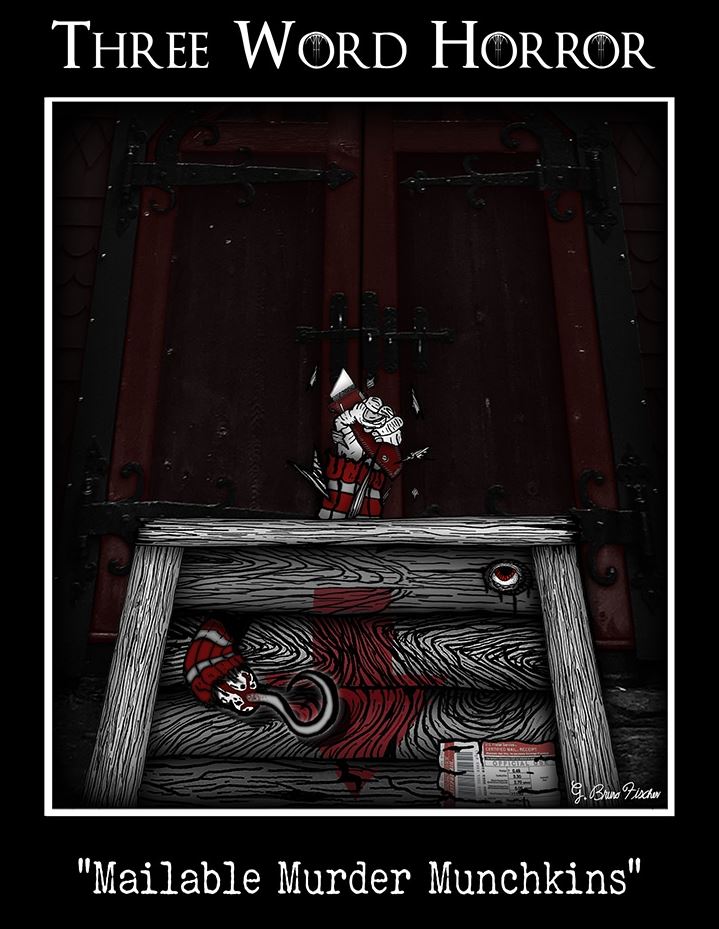


Guests reported significantly higher mood, and felt less anxious and tired, directly after their trip through the haunted attraction. The more terrifying the better: Feeling happy afterward was related to rating the experience as highly intense and scary. This set of volunteers also reported feeling that they’d challenged their personal fears and learned about themselves.
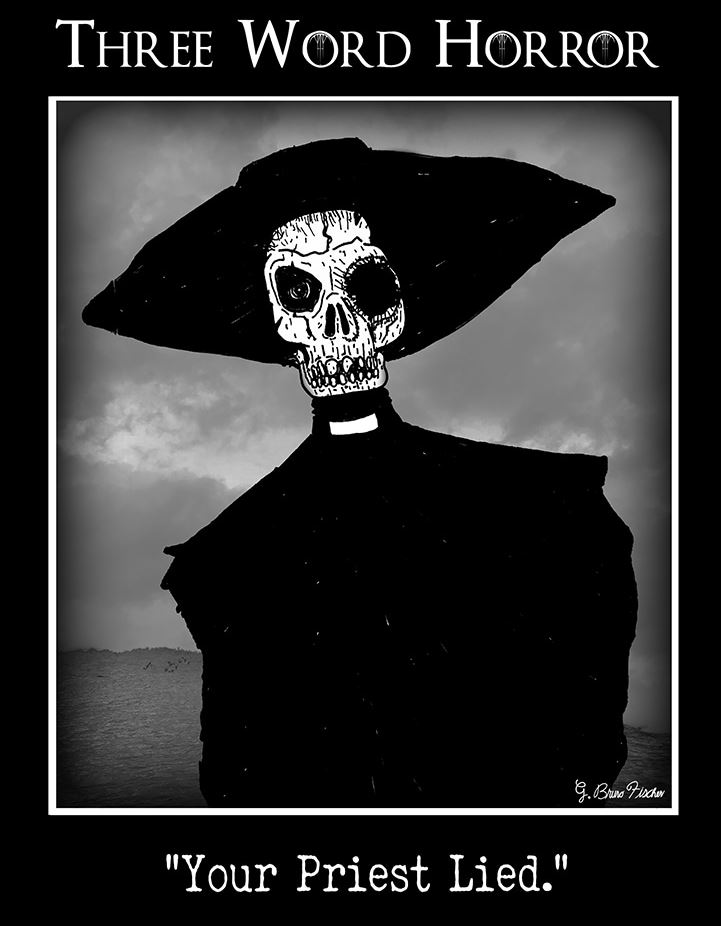



Analysis of the EEG data revealed widespread decreases in brain reactivity from before to after among those whose mood improved. In other words, highly intense and scary activities – at least in a controlled environment like this haunted attraction – may “shut down” the brain to an extent, and that in turn is associated with feeling better. Studies of those who practice mindfulness meditation have made a similar observation.








Together our findings suggest that going through an extreme haunted attraction provides gains similar to choosing to run a 5K race or tackling a difficult climbing wall. There’s a sense of uncertainty, physical exertion, a challenge to push yourself – and eventually achievement when it’s over and done with.
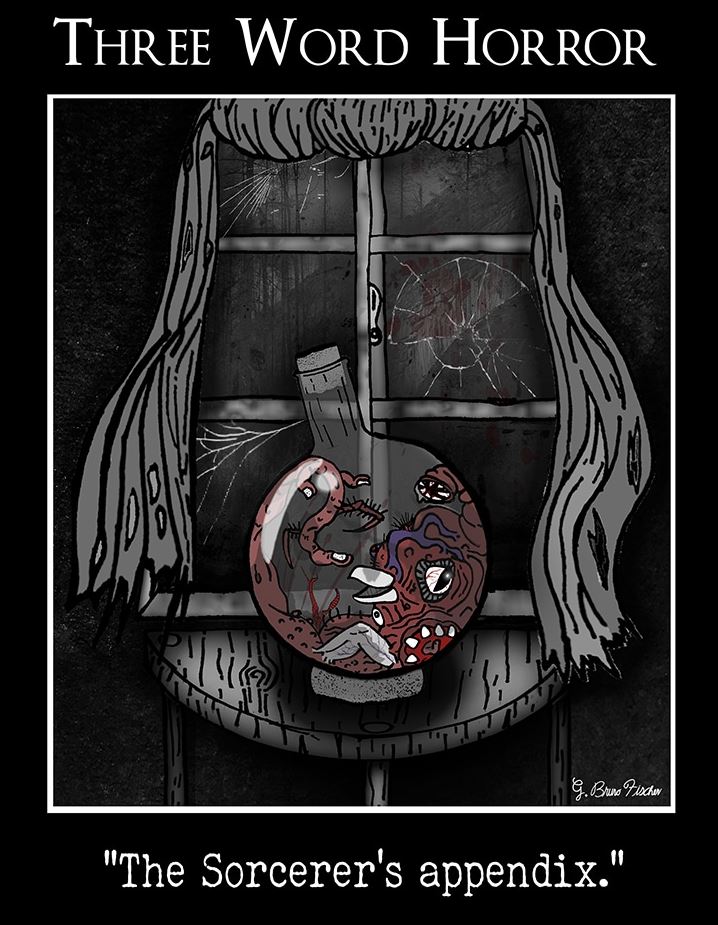

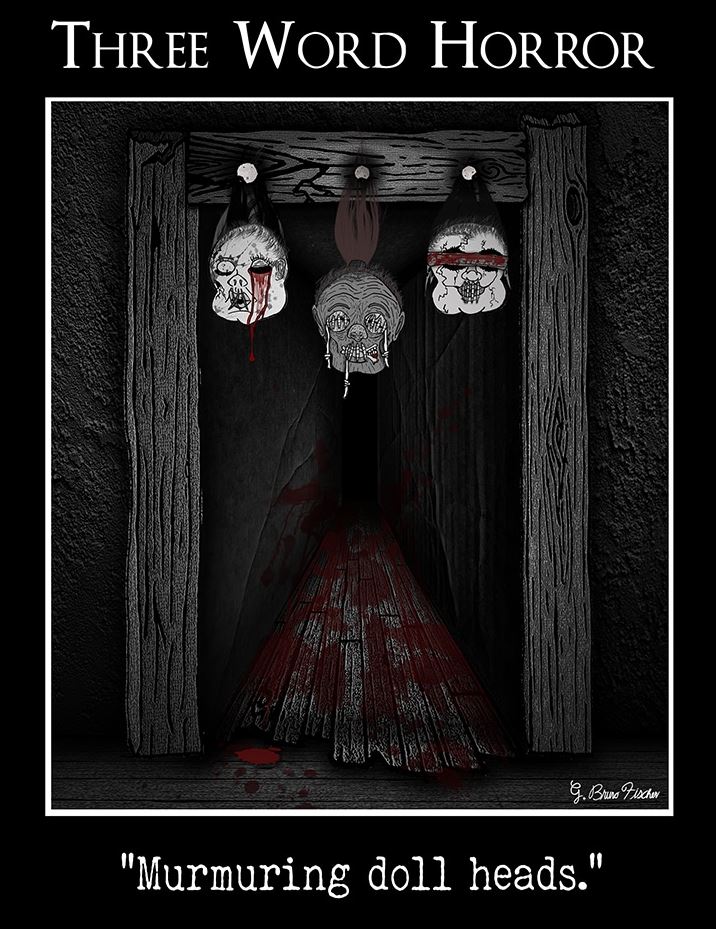


Fun-scary experiences could serve as an in-the-moment recalibration of what registers as stressful and even provide a kind of confidence boost. After watching a scary movie or going through a haunted attraction, maybe everything else seems like no big deal in comparison. You rationally understand that the actors in a haunted house aren’t real, but when you suspend your disbelief and allow yourself to become immersed in the experience, the fear certainly can feel real, as does the satisfaction and sense of accomplishment when you make it through. As I experienced myself after all kinds of scary adventures in Japan, Colombia and all over the U.S., confronting a horde of zombies can actually make you feel pretty invincible.








Movies like “Halloween” allow people to tackle the big, existential fears we all have, like why bad things happen without reason, through the protective frame of entertainment. Choosing to do fun, scary activities may also serve as a way to practice being scared, building greater self-knowledge and resilience, similar to rough-and-tumble play. It’s an opportunity to engage with fear on your own terms, in environments where you can push your boundaries, safely. Because you’re not in real danger, and thus not occupied with survival, you can choose to observe your reactions and how your body changes, gaining greater insight to yourself.











What about you? Did these creep you out too? Tell us down in the comments!